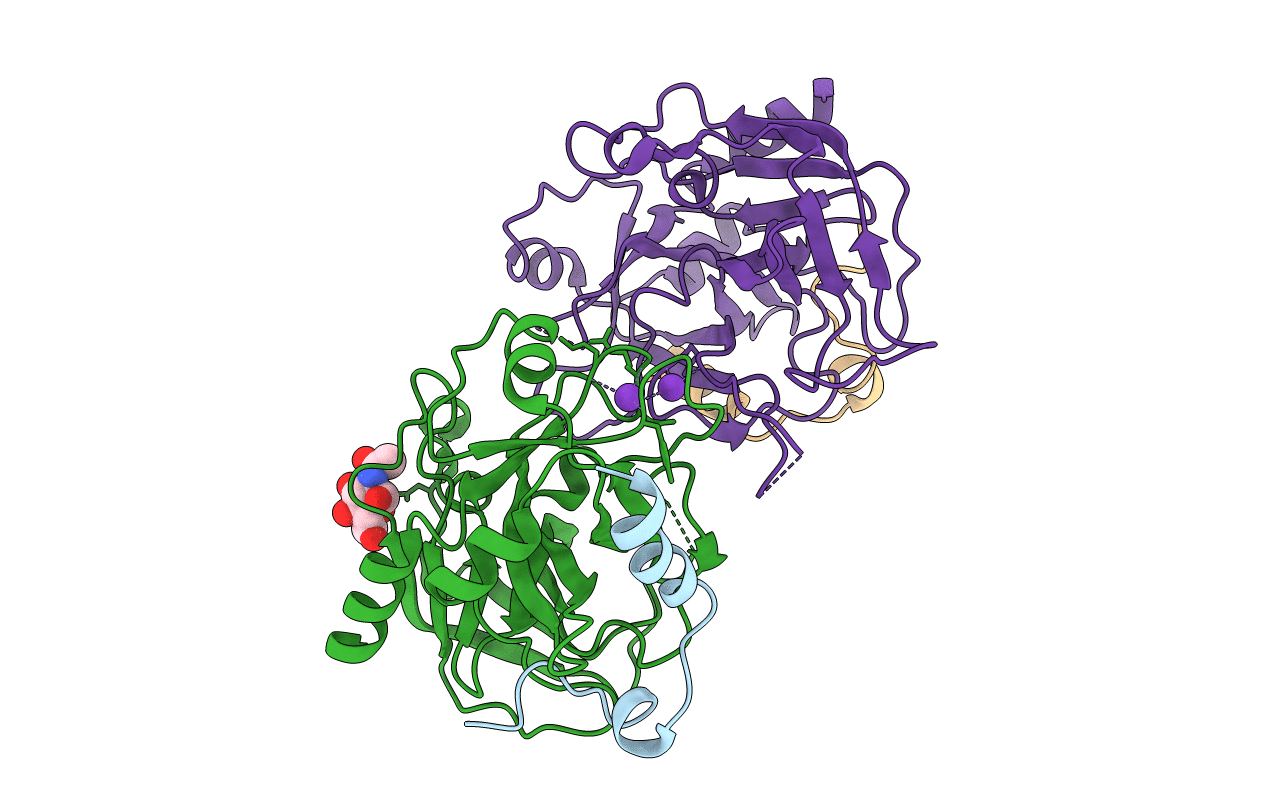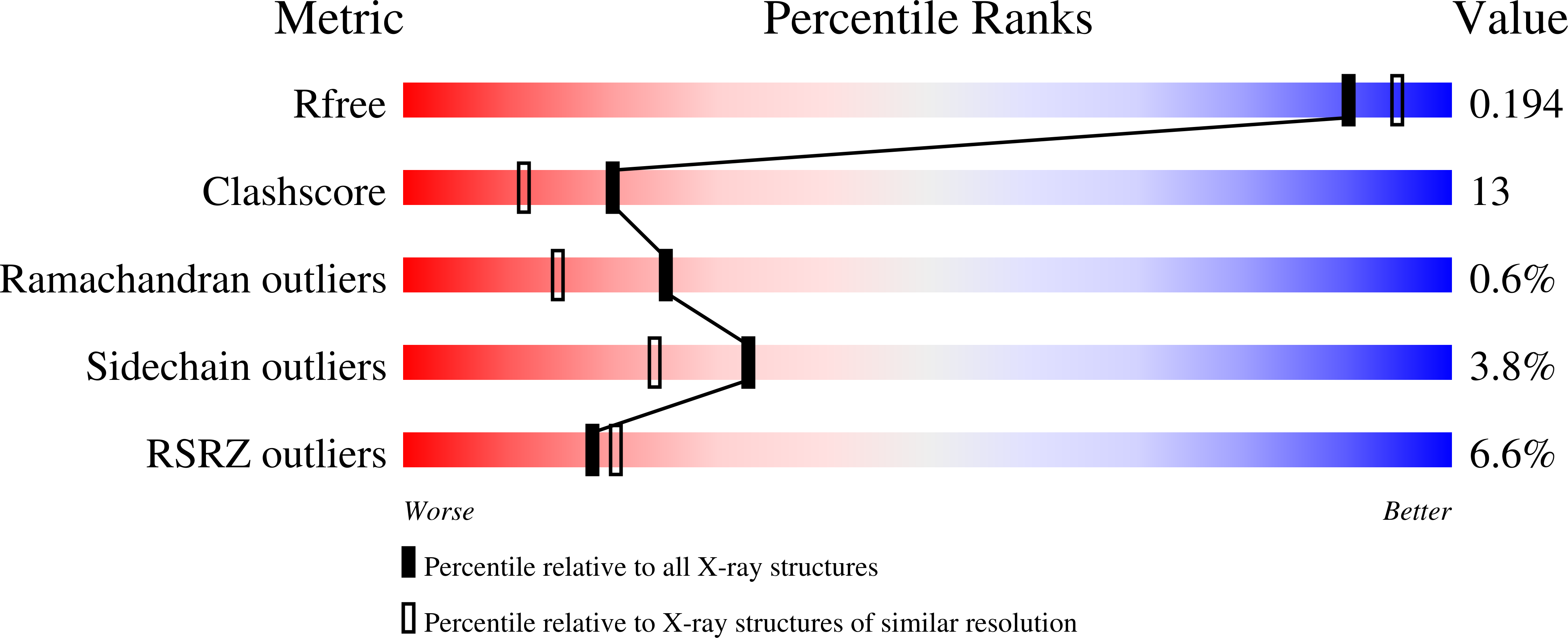
Deposition Date
2005-06-16
Release Date
2005-07-12
Last Version Date
2024-10-30
Method Details:
Experimental Method:
Resolution:
1.90 Å
R-Value Free:
0.24
R-Value Work:
0.19
R-Value Observed:
0.19
Space Group:
P 21 21 21


